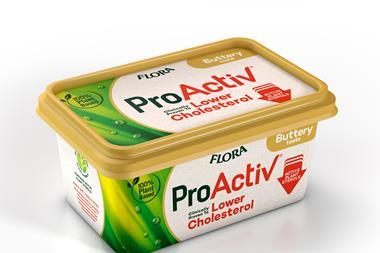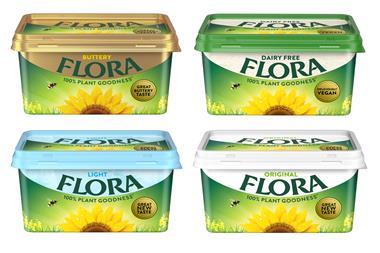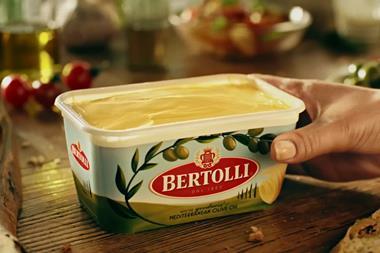Dairy & cheese: Not so black and white

Demand for dairy-free milk and local cheeses makes the dairy and cheese category a fast-mooving market. Here’s how to keep milking it.
ALREADY HAVE A REGISTERED USER ACCOUNT? PLEASE LOG IN HERE
To read the full story join the ConvenienceStore.co.uk community today!
Registration is quick and easy and provides access to:
- Unlimited ConvenienceStore.co.uk articles
- Our great range of newsletters
- Content you’ve saved for later via the ‘my library’ feature
And much more…





























